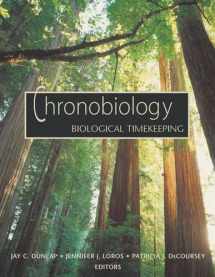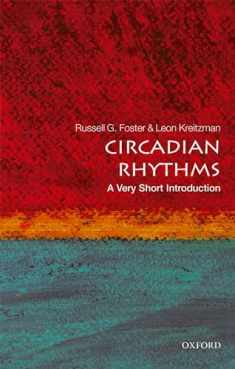
Chronobiology: Biological Timekeeping
Book details
Summary
Description
The study of how solar- and lunar-related rhythms are governed by living pacemakers within organisms constitutes the scientific discipline of chronobiology. Parallel to the familiar spatial cellular structure of living cells, temporal, or time, organization is a vital part of the survival and normal functioning of every species. Adaptations evolved by organisms to cope with regular geophysical cycles in their environment are evident in nearly every aspect of their lives. In fact, biological timekeeping is a core property of life on a revolving planet.
Few fields encompass the breadth of science that is associated with chronobiology. Chronobiologists are at the cutting edge of fields ranging from microbial genetics to ethology to treatment of human psychiatric illnesses. Recognizing that no individual could do justice to the field in writing a comprehensive text, a group of editors with a wide range of experience has collaborated to produce Chronobiology. Chapters have been planned and written by the editors and by teams of specialists.
The text begins with a general introduction to the formalisms and vocabulary that describe circadian rhythmicity. The behavioral and ecological importance of rhythms is introduced, followed by discussion of the theoretical bases of the fundamental properties that define a circadian rhythm. Circannual rhythms and photoperiodic responses in plants and animals are examined next. A central block of four chapters develops the comparative anatomy, physiology, genetics, and molecular biology of organisms with circadian clocks. Examples at all levels of organization are drawn from the real world and from current and classic research. A pair of chapters then develops the basic circadian organization of human beings and the relevance of circadian biology to human welfare. A final chapter looks to the future by exploring six cutting-edge areas of research.
The book’s highly readable style reduces technical terminology to a minimum and does not require background in neuroscience or mathematics. Illustrations and photographs are used liberally to elucidate conceptually difficult points, and the text makes use of actual data sets to explain basic principles. A collection of color plates condenses the overarching themes of the book into four colorful collages.


We would LOVE it if you could help us and other readers by reviewing the book
Book review




